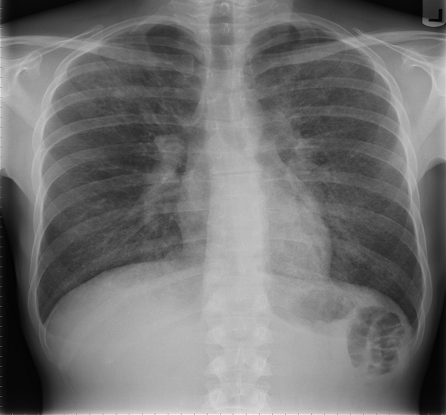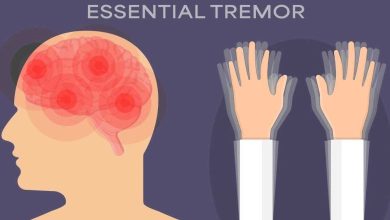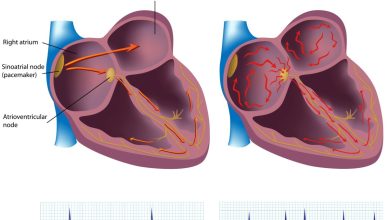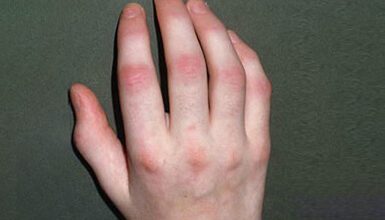Interstitial Lung Disease Symptoms, Causes, Diagnosis and Treatment

What Is Interstitial Lung Disease?
A network of tissue extends throughout the lungs is known as interstitium. Interstitium is responsible for providing support to alveoli, the microscopic air sacs. In interstitial lung diseases, the interstitium is affected. Interstitial lung disease can take several forms including:
- Hypersensitivity pneumonitis.
- Acute interstitial pneumonitis.
- Interstitial pneumonia.
- Desquamative interstitial pneumonitis.
- Asbestosis.
- Idiopathic pulmonary fibrosis.
- Sarcaidosis.
What Are The Symptoms Of Interstitial Lung Disease?
There are only three symptoms that commonly evolve during interstitial lung disease:
- Breathing shortness.
- Dry and nonproductive cough.
- In cryptogenic organizing pneumonia, weight loss is another symptom.
Victims are required to consult a doctor as soon as one or a combination of these symptoms arises. This is because breathing problem is a common symptom in some other diseases and disorders too. So it is advisable to get early diagnosis.
What Causes Interstitial Lung Disease?
Abnormal healing activity occurs due to an injury of lungs. Normally, an ideal quantity of tissue is developed for the healing process. Interstitial lung disease leads to the thickness of alveoli resulting in a difficulty of passing oxygen to the bloodstream. The disease is activated due to bacteria, viruses and fungi. Moreover, several factors that may cause interstitial lung disease during work or other activities are due to the exposure to:
- Talc.
- Silica dust.
- Grain dust.
- Asbestos.
- Coal dust.
- Bird proteins from chickens or pigeons.
Medications like chemotherapy drugs, heart medicines and specific antibiotics could also result in interstitial lung disease. Underlying lung diseases are also a common cause of this disease.
What Are The Risk Factors Of Interstitial Lung Disease?
Certain factors increase the risk of interstitial lung disease including:
- Smoking.
- Employment in construction, farming or mining sectors.
- Chemotherapy and radiation treatments.
- Inhaling too much of oxygen.
- Adults; it may also be sometimes found in children and infants.
How Is Interstitial Lung Disease Diagnosed?
It is extremely challenging to diagnose interstitial lung disease directly because there are many symptoms that evolve in several diseases too. However, certain therapies and tests are carried out to eliminate doubts:
- Computerized tomography or CT scan.
- Echocardiogram to evaluate the pressure on the right side of the heart.
- X-ray of chest.
- Exercise stress test.
- Oximetry.
- Surgical biopsy.
- Bronchoscopy.
These are some of the several tests used to eliminate doubts about other diseases and disorders. A combination of these could help a doctor to diagnose interstitial lung disease.
How Is Interstitial Lung Disease Treated?
Once diagnosed, interstitial lung disease cannot be cured completely since the lungs get scarred. However, doctors recommend some medications and therapies to either deal with the symptoms or allow the victim to live a better life. Some processes may even stop the disease from progressing. Medications and therapies include:
- Corticosteroids are often used to treat lung diseases. Since the effectiveness of any medicine is not yet proved, researchers are trying to discover an appropriate medicine.
- Oxygen therapy for relief.
- Pulmonary rehabilitation to improve lifestyle.
- Surgery, or lung transplant, remains the only option for victims who fail to feel better through other treatment options.
By : Natural Health News




